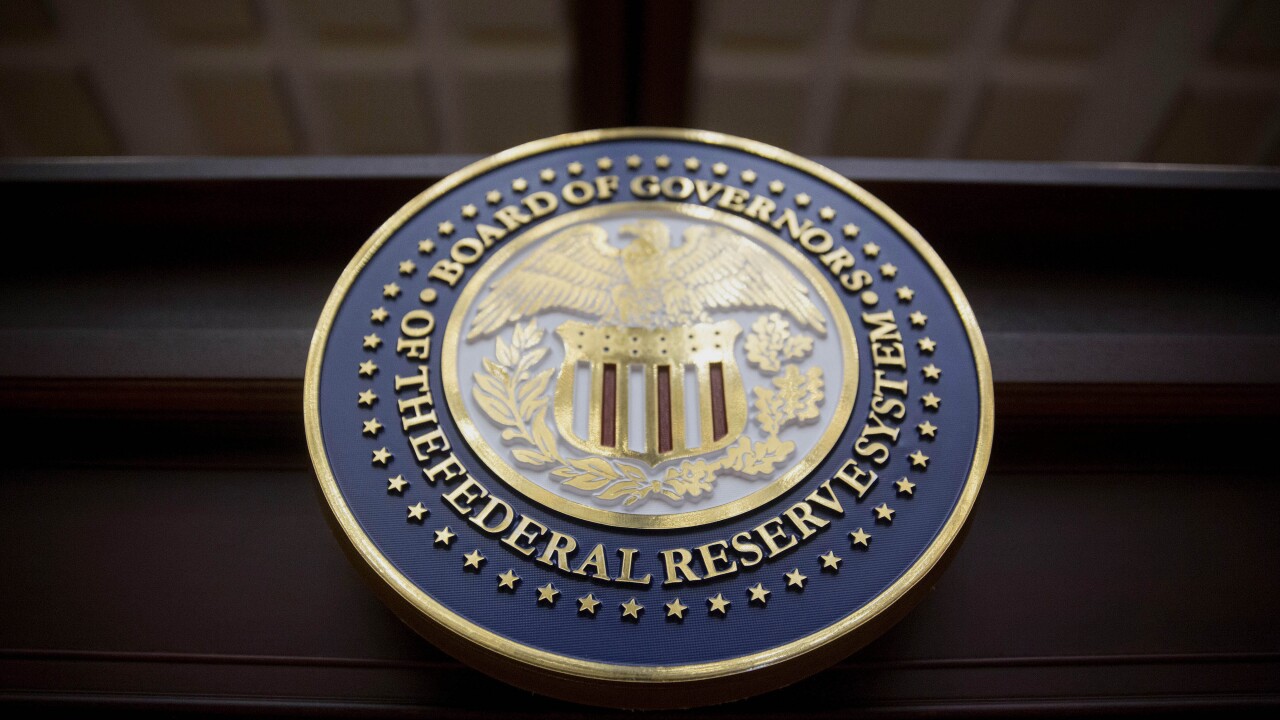At its core, PayPal remains sharply focused on digital payments. But like other payments providers and processors during what has been a renaissance period for payments technology, the San Jose-based company has had to reinvent itself to keep firm control of its role.
PaymentsSource recently sat down with PayPal's Brad Brodigan, vice president and general manager of mid-market and retail for North America, to discuss the company's views on the payments landscape and the new opportunities it has in this market.

PaymentsSource: PayPal has been synonymous with online shopping for decades. What excites the company now in terms of new products? Can the direction of focus change at all?
Brodigan: What we talk about most often is getting merchants to understand we have more financial services than just the PayPal button on their sites. We also are testing the ability to use our Venmo peer-to-peer payment service on merchant websites, and this is very exciting for our extremely loyal Venmo users.
We are expecting to expand
PaymentsSource: Has the company lost any of its luster in the wake of so much competition and technological changes?
Brodigan: Digital payments are exciting and dynamic, and sometimes frenetic. But I think we have evolved our strategy. We used to think we needed to curate various different consumer experiences, and now we are really focused on being an open and independent digital payments platform that enables digital and e-commerce transactions.
PaymentsSource: That explains how
Brodigan: It's a bit of an evolution for us. We used to be focused on being able to curate the experiences. And frankly, there were times when we thought we were competitors. Because of our strategy, led by our
PaymentsSource: PayPal could turn up in numerous other consumer-facing technologies with this approach. Was that part of this strategy?
Brodigan: We want to be at the heart of payments wherever they happen — in a shopping app, online, peer to peer, cross border. We want to enable digital payments across all of the great innovation that merchants and developers create. That makes us have to chase less, and frankly we just want to empower them to be creative as they think about new buying experiences. PayPal happens to be the most popular way for consumers to onboard and pay in those new areas.
PaymentsSource: The company must like being in a market with so much innovation taking place.
Brodigan: Innovators now come to us to enable payments. Facebook is a perfect example. Many people thought they were going to be a competitor to us, but Facebook is now a strong partner. You can say the same about Google and Android Pay. PayPal is a great way to onboard and pay through
PaymentsSource: Startups have come and gone at a pretty fast pace in recent years, but wouldn't many fare much better now in what has become a more open payments ecosystem?
Brodigan: Payments are hard. A lot of tech companies have a strong interest in playing in payments and that's why we have such great new partnerships.
There are still many that want to be a payments enabler, but many are learning that payments make up a very complex ecosystem. We have invested a tremendous amount over the past 18 years in cyber security, fraud protection and processing payments in 200-plus currencies. We are flattered that others want to get into this space, but it does open many opportunities for us.
PaymentsSource: It wasn't that long ago that most banks viewed PayPal as a payments provider that could take some of their business without worrying about the same federal regulations that banks face. Has that perception changed much?
Brodigan: Our partner driven strategy is having us establishing partnerships with financial institutions, card networks and issuers of all types. We want to continue to develop those partnerships.
We like to use the term, we "democratize money," and what that really means is that we want to make it faster and easier for people to move and manage money, in some ways as less expensive methods with digital technologies. Rather than wanting to replace banks, we are focused on using digital technologies where we can expand the places in which consumers can access financial services in ways not previously possible.
PaymentsSource: How has PayPal One Touch adoption been, as well as in-app payments with PayPal?
Brodigan: The adoption of
As for merchant apps, it is hard for merchants to get consumers to sign up for their apps because it takes time and they have to input payment credentials. When using your PayPal credentials, it makes it much easier to sign up in Uber, Subway or Starbucks apps, for example. You aren't providing any payment information either, so it gives that extra layer of security.





